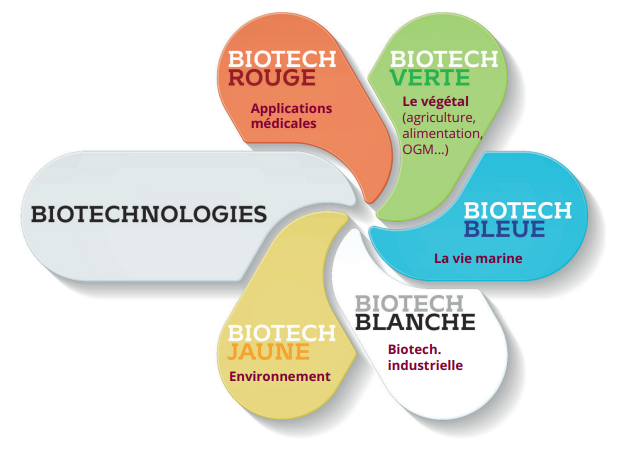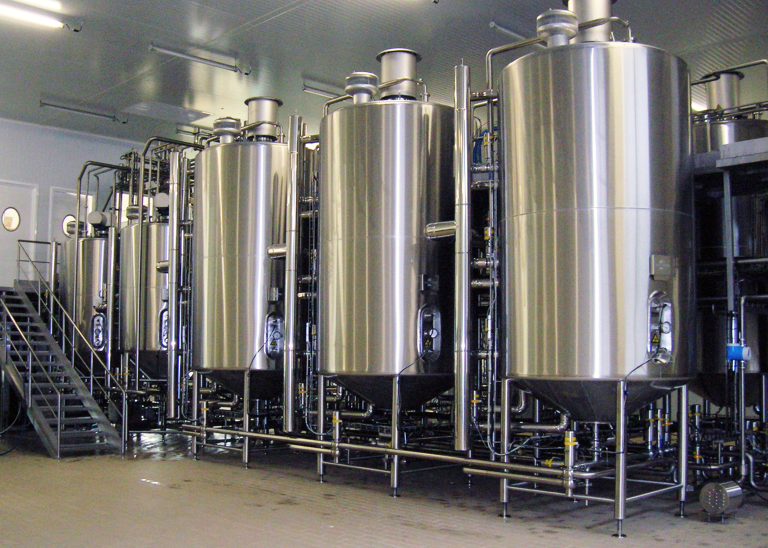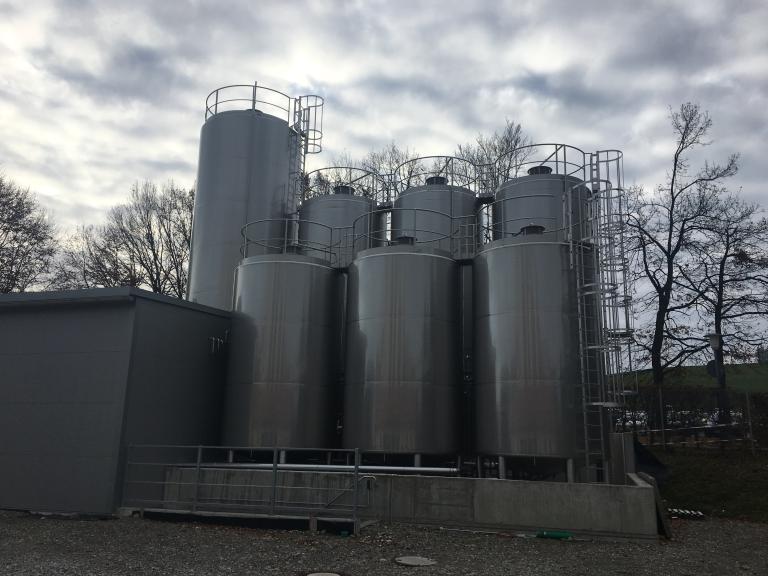The Green biotechnologies…
creation of novel plant varieties having interest for the agriculture, with the aim to improve agricultural crops or for industrial purposes in order to generate industrially useful products in sectors such as detergents, paper, biofuels, textiles, pharmaceutical substances, bio-stimulants, biocontrol products as an alternative to the pesticides.
The White biotechnologies…
manufacturing of products such as polymers, edulcorates, aminate acids, etc. and also production of bioenergy by using the biomass as renewable raw material.
The 5 colours of the biotechnologies
The Green biotechnologies, also called plant biotechnologies, might produce more environmentally friendly solutions than traditional industrial agriculture. The emergence of new regulations and societal expectations have encouraged farmers to change their practices towards a more sustainable production, serving the populations, the environment and the territories.
Indeed, this technology seems to be very efficient to eliminate some viruses from the cultures via the method of micro propagation of meristems, natural tissue virus free which can regenerate a healthy plant.
The White biotechnologies, also called industrial biotechnologies, are transforming the raw materials (corn, straw, sugar, beet, wood, oleaginous, etc.) into end products ( aminate acids, enzymes, pharmaceutical products; ingredients, bioethanol, bioplastic, etc.) by means of microorganisms. These methods illustrate the progressive transition from fossil raw materials to biological renewable materials.
These biotechnologies are part of a sustainable development goal via the use of renewable sources of carbon other than fossil carbon, and at normal temperature reactions (energy saving), absence of solvents and often very low water consumption and the valorization of co-products (circular economy).
These methods lead to the concept of «integrated biorefineries» where, from vegetable raw materials (whole plants, residues, microorganisms), different products are obtained and used for various industrial fields (food, biofuels, biomaterials, additives, pharmacy, enzymology, etc.).
The transformation of the whole plant by bioconversion processes has three advantages: it optimizes the energy yield per hectare; it limits the necessary surfaces and generates less waste. These advantages place the optimization of bio-conversion processes among the global technological priorities.
Pierre Guerin provides installations for producing biofuels & enzymes, ferments & food ingredients, biopesticides & biofertilizers, etc.



